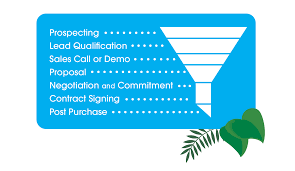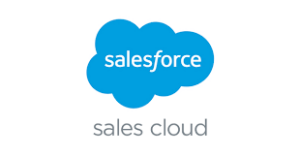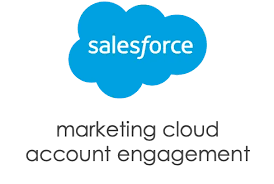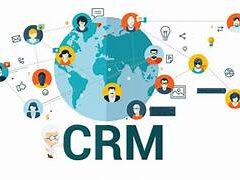A sales pipeline is as an organized and visual method for tracking potential buyers as they progress through different stages of the purchasing process and buyer’s journey. Typically depicted as a horizontal bar or funnel, it delineates the various stages of a company’s sales process.
With Salesforce Sales Cloud, you gain access to comprehensive pipeline metrics, including top opportunities and deal updates. Analyze changes in the pipeline, comprehend the factors influencing shifts, and devise strategies to bridge gaps. Identify crucial deals and receive alerts when next steps remain unupdated. Keep opportunities current through easy inline field editing.
Salesforce empowers you to consolidate predictions and recommendations from opportunities, calls, emails, and cases. Assist representatives in advancing deals with insights into deal progression, trends from voice and video, context from relevant emails, service case status, and more. Determine if the right stakeholders are engaged in deals and assess their level of involvement.
While some businesses experience natural sales flows from various sources. Others may find their sales process to be disorganized and lacking structure, leading to unpredictable results.
A sales pipeline visually represents the steps a representative takes to guide a prospective buyer through the sales funnel. Sales pipeline management involves estimating the potential revenue from current sales opportunities.

Insights in a Pipeline
When digging into sales pipeline data, businesses can uncover valuable insights, including:
- Anticipated revenue and cash flow: Forecast sales to plan budgets and allocate resources effectively based on the conversion rate of leads.
- Resource gaps and overallocation: Identify areas where sales efforts may be misdirected, allowing for better utilization of the team’s time.
- Sales cycle length: Understand the typical duration it takes for leads to progress from the top of the funnel to the sale.
- Process bottlenecks and hindrances: Identify stages that may cause delays and find solutions to streamline processes.
- Sales rep success and skills shortage: Evaluate individual sales performance to provide targeted assistance and training.
Leveraging a Sales Pipeline
By leveraging a sales pipeline, companies gain a data-driven understanding of their current and future sales performance. This knowledge enables informed decisions regarding hiring, training, advertising budgets, and more.













